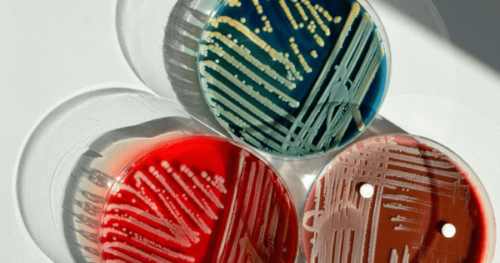Respirators are essential for protecting against harmful airborne particles and contaminants in various environments. To ensure they provide the best protection and last as long as possible, regular maintenance is crucial. This guide will walk you through the best practices for maintaining your respirator, ensuring it remains efficient and reliable.
Why Maintenance is Important
1. Ensuring Optimal Performance
Regular maintenance ensures that your respirator performs at its best, providing the highest level of protection.
- Consistent Filtration: Proper care maintains the efficiency of the filters, ensuring they continue to block harmful particles effectively.
- Reliable Seal: Keeping the respirator clean and well-maintained ensures it forms a tight seal on your face, preventing contaminants from leaking in.
2. Extending Lifespan
Maintaining your respirator can significantly extend its lifespan, saving you money on replacements.
- Durability: Regular cleaning and proper storage prevent wear and tear.
- Cost-Effective: Investing time in maintenance reduces the need for frequent replacements.
Best Practices for Maintaining Your Respirator
3. Regular Cleaning
Clean your respirator regularly to remove contaminants and ensure it remains hygienic.
- Disassemble: Carefully disassemble the respirator according to the manufacturer’s instructions.
- Wash: Use warm water and mild detergent to wash the components, avoiding harsh chemicals that could damage the materials.
- Dry: Allow all parts to air dry completely before reassembling the respirator.
4. Inspect for Damage
Regularly inspect your respirator for any signs of damage or wear.
- Check Seals: Look for cracks, tears, or deformities in the face seal that could compromise the fit.
- Examine Straps: Ensure the straps are not frayed or stretched out, which could affect the seal and comfort.
- Inspect Valves and Filters: Make sure valves are functioning properly and filters are intact without any blockages.
Filter and Cartridge Maintenance
5. Replace Filters Regularly
Filters and cartridges need to be replaced regularly to maintain their effectiveness.
- Follow Guidelines: Adhere to the manufacturer’s recommendations for filter replacement intervals.
- Monitor Performance: If you notice increased breathing resistance or detect odors, it’s time to replace the filters.
6. Store Properly
Proper storage is crucial for maintaining the integrity of your respirator.
- Clean and Dry Storage: Store your respirator in a clean, dry place away from direct sunlight and extreme temperatures.
- Use Storage Bags: Use a protective bag or case to keep the respirator clean and free from dust when not in use.
Fit and Comfort Checks
7. Perform Fit Tests
Regular fit tests ensure that your respirator continues to provide a secure seal.
- User Seal Check: Perform a user seal check each time you put on the respirator to confirm a proper fit.
- Professional Fit Test: Periodically undergo a professional fit test to ensure the respirator still fits correctly, especially if you experience significant weight changes or facial hair growth.
8. Adjust for Comfort
Make sure your respirator is comfortable to wear, especially for extended periods.
- Adjust Straps: Ensure the straps are adjusted correctly to provide a secure fit without causing discomfort.
- Padded Seals: Use respirators with padded seals for added comfort during prolonged use.
Training and Protocols
9. Proper Training
Ensure that you and anyone else using the respirator are properly trained on its use and maintenance.
- User Instructions: Familiarize yourself with the user manual and follow all instructions provided by the manufacturer.
- Maintenance Training: Undergo training sessions to learn the best practices for cleaning and maintaining your respirator.
10. Establish Protocols
Implement protocols for regular checks and maintenance within your organization.
- Scheduled Maintenance: Set up a maintenance schedule to ensure regular cleaning and inspection.
- Record Keeping: Keep records of maintenance activities to track the condition and performance of your respirator.
Conclusion
Maintaining your respirator is essential for ensuring its longevity and optimal performance. By following these best practices, you can enhance the effectiveness of your respirator, ensuring reliable protection against harmful airborne particles. Partnering with a trusted supplier like GVS provides access to high-quality respirators and the support needed to maintain them effectively. Invest in regular maintenance to safeguard your health and maximize the lifespan of your respirator.



